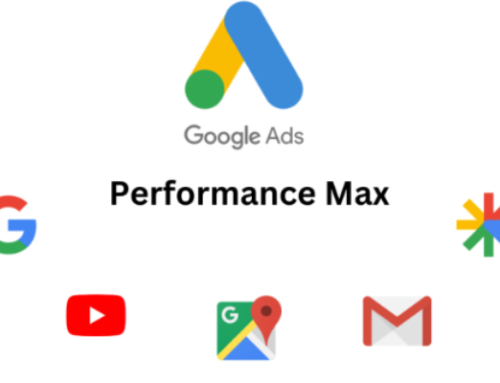
Many people complain that Google ads do not work for their business after investing huge money with poor results.
Having been in Google ads for 5 years, I review so many new accounts and consistently see the same mistakes repeated in each account.
In this post, we discuss these common mistakes that can easily be corrected.
1) Using Search and Display Network Together
While set-up a search campaign, the default option for the search and display network selected in Google ads. In most campaigns, the display network consumes a lot of money and without any conversion. Advertisers are not filtering out which network working for them but this step in the Google campaign must be considered as the top priority in order to push maximum budget on the profitable network.
2) Using Broad Match Keyword
In the Google search campaign, the default setting for adding keywords is a broad match and most people use this. Google algorithms try to generate maximum traffic for broad match keywords but this traffic is not relevant and will most likely not convert.
You must use exact words or phrases to match the type of keywords where you have more control over the search term. Both match types help you to get quality traffic and a potential audience.
3) Not Using Negative Keywords
When I audit new accounts, I commonly notice people not working on the campaign search term, i.e., they do not place negative keywords to prevent unwanted and irrelevant clicks. Make sure you work on the search term to improve the traffic quality for your business. Quality traffic helps to attain more sales/conversions.
4) Using Single Ad-Group
Most people set up a single campaign/ad group with few added keywords, they create an ad or two, and over time they continue to add new keywords frequently to the same ad group. In the long run, this becomes a huge problem. the high number of keywords in one ad group cut down the quality score and relevancy between the keywords and ads. It impacts the overall campaign performance significantly.
Use the most relevant or few keywords in a single ad group that help to improve quality score OR you can go with SKAG (Single keyword ad-group).
5) Missing Product Segregation
In a shopping campaign, people do not segregate products in the bottom label so they often end up spending a lot of money on the products which are not performing. This calls for the need to exclude non-performing products and focus on performing products. While running shopping ads keep in mind the 80/20 rule – You can generate 80% revenue from 20% product.
6) Missing Promotion Offer:
Business owners give specific discount offers on products for special occasions or during festivals. But the majority of the people do not use them properly in Search, Display, Shopping, and video ads. Make sure your offer strategy is powerful for each type of campaign to obtain maximum advantage and boost your sales.
7) Missing Product Rating / Reviews:
People generally do not use product reviews/ ratings in ads. But, in reality, you can make a huge improvement in campaign performance by using ratings/ reviews in your ads. If you have sufficient reviews/rating data on your website, then you can apply in Google Merchant Center to display your product rating/review along with ads. This helps to increase CTR, traffic volume, and conversions.
8) Missing Geographic Optimization:
People target specific countries to promote products or services, but they do not go deep enough to check which state or city is getting the maximum conversion. They do not exclude locations that consume the budget without any conversion. So, make sure you optimize geo-target in deep label and push maximum budget on locations that generate maximum conversion for your business.
9) Running Single Ads:
Most often, people run single ads in their ad group. However, one needs to run a minimum of 3 ads in each ad group and each ad should be unique and have its own USP. This helps to attract more potential audiences and give good choices to Google and serve the most relevant ads according to the user search terms.
10) Running Display Campaign on Mobile App
Another common mistake is refraining from the exclusion of the mobile app from display campaign which is usually a waste of money. Display campaigns produce maximum clicks from mobile apps when you do not exclude them, and app traffic is not qualified for your business. So, make sure you exclude mobile app placement before enabling the display campaign.
Hope this post helped you to optimize your campaigns in better ways. If you have any questions, place them in the comment section. I will reply as soon as possible.




Leave A Comment